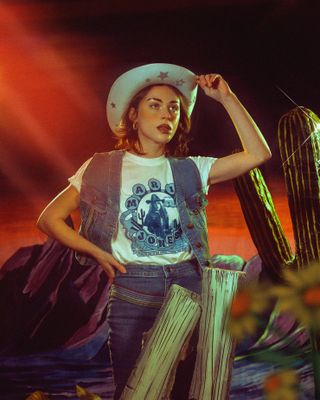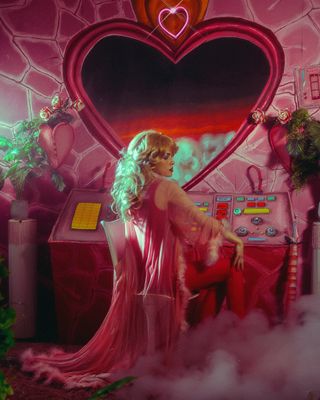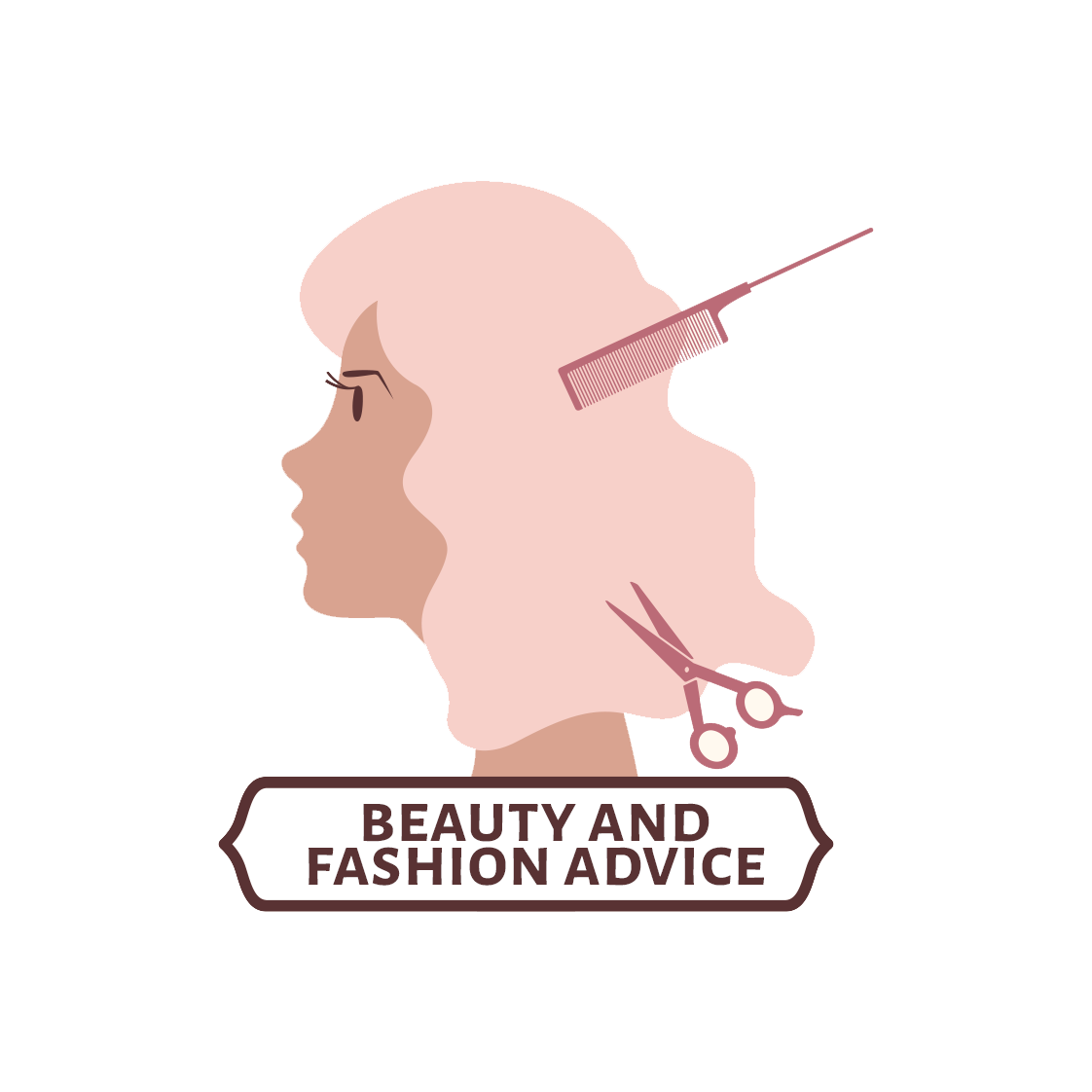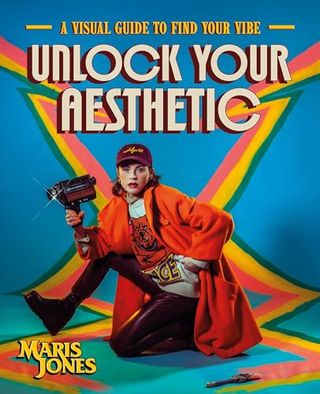Welcome to The Who What Wear Podcast. Think of it as your direct line to the designers, stylists, beauty experts, editors, and tastemakers who are shaping the fashion-and-beauty world. Subscribe to The Who What Wear Podcast on Apple Podcasts and Spotify.
Photographer and mini-movie maker Maris Jones is obsessed with creating “distorted nostalgia” in her art.
“I feel like I call it ‘distorted nostalgia,’ because I just truly feel like that’s exactly what it is,” Jones said. “I’m so fascinated by the idea of romanticism and how it manifests when we tap into nostalgia and memories and any notion of the past.”
Jones has made a name for herself creating highly stylized films that she directs, acts, edits, lights, and animates herself.
Recently, Jones also collaborated with Chappell Roan for her set at Governor’s Ball and her performance on The Tonight Show With Jimmy Fallon.
For the latest episode of The Who What Wear Podcast, Jones shares how she puts together her projects, why she decided to write a book, the best places to find vintage clothes, and more.
For excerpts from their conversation, scroll below.
(Image credit: Maris Jones)
You’re an artist in every sense of the word. You’re best known for captivating, highly stylized videos or “mini movies,” as you call them. You don’t just direct and act in them. You edit, light, and animate them. You’re kind of a Renaissance woman who does the entire thing. I’m curious how you became interested in all of these different art forms and how they come together to create a final product?
I’m a final results person. I often urge people to think of what they want an outcome to be, rather than how they’re going to achieve it because it takes away the pressure unless you kind of just go for it.
I think, naturally, just by being somebody who wanted to have an end result, it ended up having me develop all these skills.
If I had started just right from the beginning, say, “Hey, I want to start being a one-woman film crew.” I don’t think I would have found the interest in the way that I have now.
I never set out to be an artist in this sense and I’ve always been someone who loved creating, in general, which, ultimately, did lead me to where I am today and where I should be. I don’t know if I would have naturally gotten there.
In the book, I often discuss how if you declare your goals from the start, you might miss out on all the little things along the way that make you uniquely you. I call them also “happy accidents.”
When I embark on a creative endeavor, we often put so much weight into it, that I often feel like it just becomes daunting from the start.
How my journey started… it was such a slow, natural progression that eventually became second nature to me.

(Image credit: Maris Jones)
You describe the worlds you build as “distorted nostalgia,” which, from looking at your work, feels very accurate. For those who might be newer to following you, can you explain what that means and how you developed this distinctive style?
I feel like I call it “distorted nostalgia” because I just truly feel like that’s exactly what it is.
I’m so fascinated by the idea of romanticism and how it manifests when we tap into nostalgia and memories and any notion of the past.
Often, we view the past through a lens shaped by TV shows, movies, advertisements, photos, or old photographs that we see because we can’t see other people’s memories and also we, ourselves, can only fit so much information in our own heads.
We eventually lose our own memories of what a time period looked like in ways, because we got to fit new stuff into our heads.
As a result, I feel like our perception of the past ends up resembling those images in our minds as they’re just primary references and we are shaped by these things.
We grew up with what we’re exposed to, and we love nostalgia as humans. It drives us.
Nostalgia is really linked to feeling and how we want to feel when we think of a time period.

(Image credit: Maris Jones)
Do you do a lot of your sourcing more online, would you say, or are you IRL at different stores, vintage stores, or thrift stores?
At this point, I do a lot of sourcing on Facebook Marketplace. I feel like that’s a great place because it is people just trying to get rid of things quickly.
Sometimes people have a lot of cool things. I do go on eBay and Etsy and Depop and all that stuff.
It can be overpriced. You don’t know what you’re always getting and stuff like that. It’s good to always go into stores.
Although, I will say that since I am in Brooklyn, it’s curated and all the good stuff is already gone.
Sometimes, it’s better for me to go elsewhere.
If you want to find good vintage, Facebook Marketplace is probably the best call at this point. I used to do stores way more.

(Image credit: Maris Jones)
Your brand new book, Unlock Your Aesthetic: A Visual Guide to Find Your Vibe, will have just come out by the time this airs. So tell me a little download about what we can expect the elevator pitch of this book.
I’ve been doing this exclusively for pretty much a decade and I just love the process so much, and I really felt like I could just share a little piece of my unique experience, you know?
Readers can expect a mix of personal stories, visually captivating guides, quirky prompts designed to help creatives or just anyone really interested in exploring their creativity in a new way or in an alternative way.
The book aims to spark an authentic visual self. It’s not just through theory, but also through practical application.
It encourages us to discover and find our true creative voice through just engaging and interactive content.
I’m not really an academic, but I want people to have fun and also realize that you can create with no rules, truly.
I want people to know that if they feel visually stuck, you have all the answers. Whether you realize it or not, don’t worry about being perfect or having the right tools, just go for it.
Enjoy the journey.
This interview has been edited and condensed for clarity. Next, check out our interview with Paige DeSorbo.
















